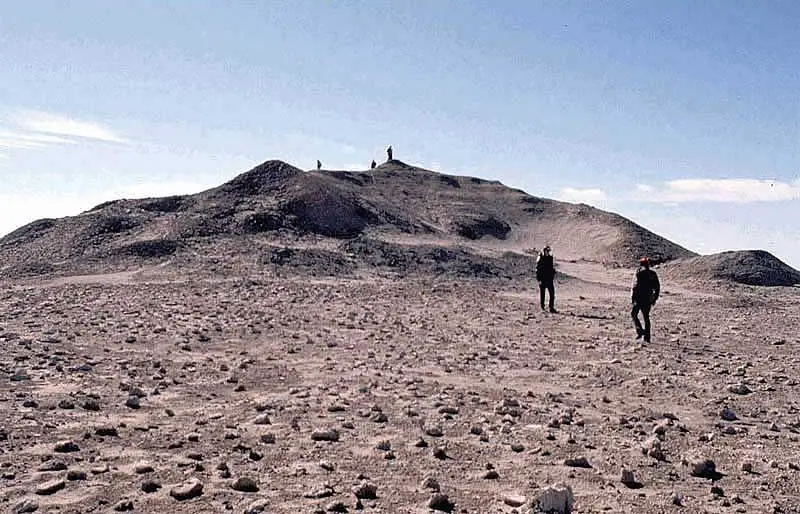Great Cities of Mesopotamia
Background
- As the world’s earliest civilization, Mesopotamia is credited with the invention of cities. There were many cities in Mesopotamia. These cities were all ruled by different kings and had their own gods.

Eridu
- Eridu was established in around 5400 BC and was regarded by many as being the first city in the world. It was built in a land called Sumer. The city was built around a temple, which is a place where people worship their gods. In reality though, if we think about what a city is nowadays, Eridu was closer to being a small town.
- Eridu was built on an area located between the sea and the land. The soil here was alluvial which meant that it was rich and good for growing certain crops, such as wheat.


Uruk
- Most historians would now say that Uruk was truly the first city in the world. It emerged in 3700 BC and was located in the southern region of the Sumer.
- Uruk is probably best known for its king Gilgamesh who featured in a great tale of how he tried to find a way to live forever.
- Uruk is also important because it was at this location that writing emerged, one of the most important forms of human communication. At Uruk, the earliest examples of stone buildings were found. The city also developed the Ziggurats which were important sites of worship.

Akkad
- The city of Akkad (also known as Agade) was positioned somewhere on the western bank of the Euphrates river: we do not know exactly where this city was located.
- It was built by king Sargon the Great in around 2300 BC. The city was at the heart of Sargon’s Akkadian Empire which absorbed Mesopotamia and covered an enormous area of land and sea from the Persian Gulf to the Mediterranean Sea.
- King Sargon the Great had established the first multi-national empire in the world.

Ur
- Ur was a massive city located to the south of Mesopotamia. It began as a small village but had become a city by 3800 BC.
- It is known as a trading centre and this was partly due to its location where the Tigris and the Euphrates run into the Persian Gulf.
- Ur was a very wealthy city and its people lived better than the inhabitants of other Mesopotamian cities.
- An archaeologist by the name of Sir Leonard Woolley discovered the royal graves of Ur between 1922 and 1934. Woolley found the graves of sixteen kings and queens at the site alongside a remarkable wealth of treasure.

Ashur
- Ashur, which was named after a god, was the first capital city of the Assyrian Empire. It was located high on the western bank of the Tigris river and was on an important trading route.
- Ashur is best known for being a religious centre. At one point the city had as many as 34 temples of worship. The temple of Ishtar was the oldest one. Ishtar was the goddess of war and love.
- The wealth of Ashur could be seen in its palaces which contained many treasures. The dead kings were put in stone coffins alongside these treasures. But the city was destroyed in 614 BC and its treasures were plundered.

Nineveh
- Nineveh (originally known as Ninua) was one of the oldest and most magnificent of the Mesopotamian cities. By 3000 BC, the city was known as an important place of religious worship.
- The city became the capital of the Assyrian Empire around 700 BC under the leadership of Sennacherib. He built a 7-mile-long wall around the city to protect it from the enemy.
- Nineveh also contained remarkable palaces. The palaces featured luxurious bronze columns, sculptures of lions and bulls, as well as carved images of battles between Assyria and its enemies. They were surrounded by large public gardens.
- King Ashurbanipal was the last of the great kings of Assyria. He had a new palace built and began to collect everything that had been written in Mesopotamia. This led to the creation of Ashurbanipal’s famous library. It contained more than 30,000 inscribed clay tablets.



